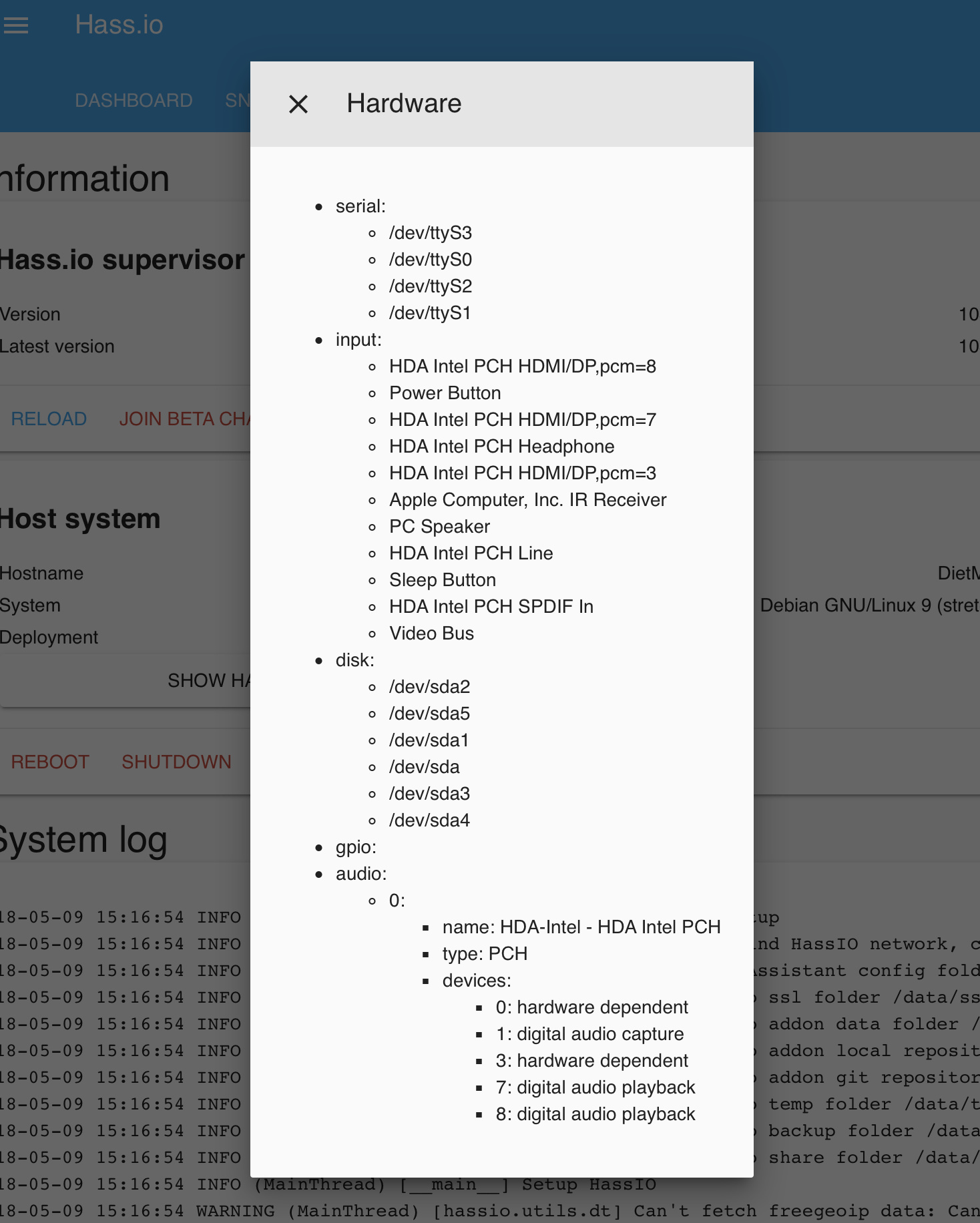

- #Install linux on mac pro a1186 install#
- #Install linux on mac pro a1186 drivers#
- #Install linux on mac pro a1186 update#
However, it’s likely that Internet access is not working because drivers for the built-in Broadcom wireless card is not installed. If Internet access works without input from you, congratulations! Proceed to step 4. If all worked out in the previous step, the unit should have rebooted into the Ubuntu desktop. Step 3: Configure the MacBook Air’s wireless card We’ll finalize the installation in the next step. The system should be rebooted into the new operating system. That will take you to the GRUB boot menu. If just one, select it, then press the enter/return key or double-click on it. You may have one or two disk icons labeled EFI Boot. Done correctly, the display should show something similar to what you see in Figure 2. While holding down the option/alt key, press the power button to restart. The first task in this step is to shutdown the MacBook Air, then insert the USB stick from step 1 into one of its USB ports.
#Install linux on mac pro a1186 install#
Step 2: Reboot and install Ubuntu Desktop 20.04 Once that has completed successfully, proceed to step 2. Replace ubuntu-20.04.2.iso with the name you saved the ISO file as. The df -h command should show all the disks connected to the system. In the command above, /dev/sdb is the device path of the USB stick. Sudo dd if=ubuntu-20.04.3.iso of=/dev/sdb bs=1M conv=sync There are any number of GUI tools you can use to get that done, but the simplest method is from the command line, using the following command: # Writing an ISO file to a USB stick using the dd command After downloading it, transfer it to a USB stick. You may choose to download the latest, that is, Ubuntu Desktop 21.10. Note that while I used Ubuntu Desktop 20.04 LTS for this tutorial, it doesn’t have to be that. To download Ubuntu Desktop, visit the distribution’s download page.

#Install linux on mac pro a1186 update#
However, for a seasoned Linux user, the constraints of using a desktop operating system that I’m required to have an id to update the built-in software or install new ones far outweigh any bright spots. Over the almost 4 years I’ve been using it, I wasn’t really impressed with the operating system, though it has its bright spots. This is a MacBook Air that I bought back in 2018 and whose battery is effectively dead. This post is a step-by-step account of how I installed Ubuntu Desktop 20.04 LTS on a MacBook Air (13-inch) and even got the wireless card to work without a hassle.


 0 kommentar(er)
0 kommentar(er)
